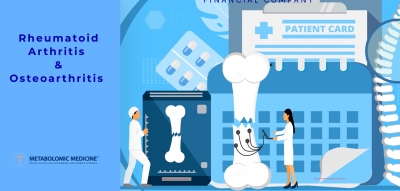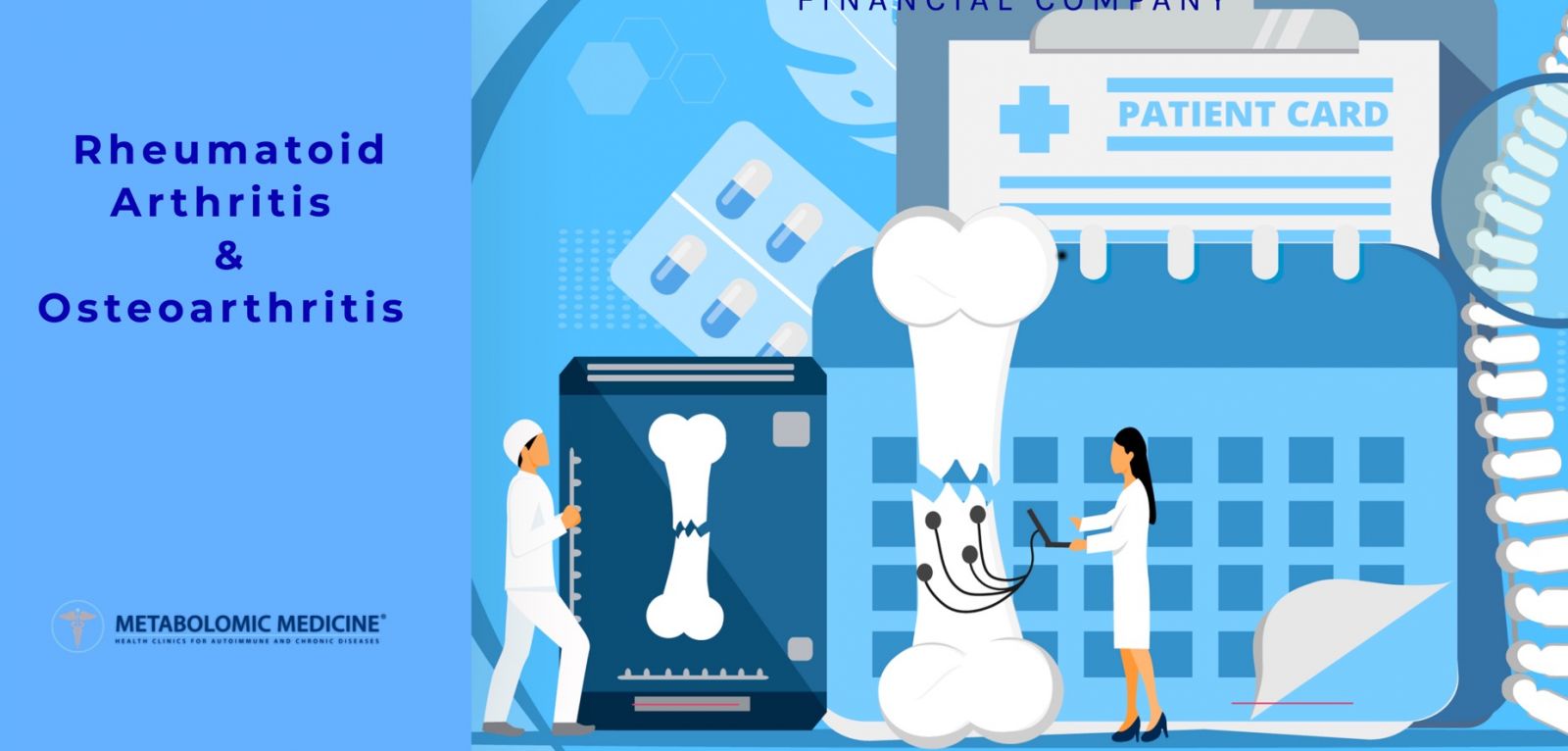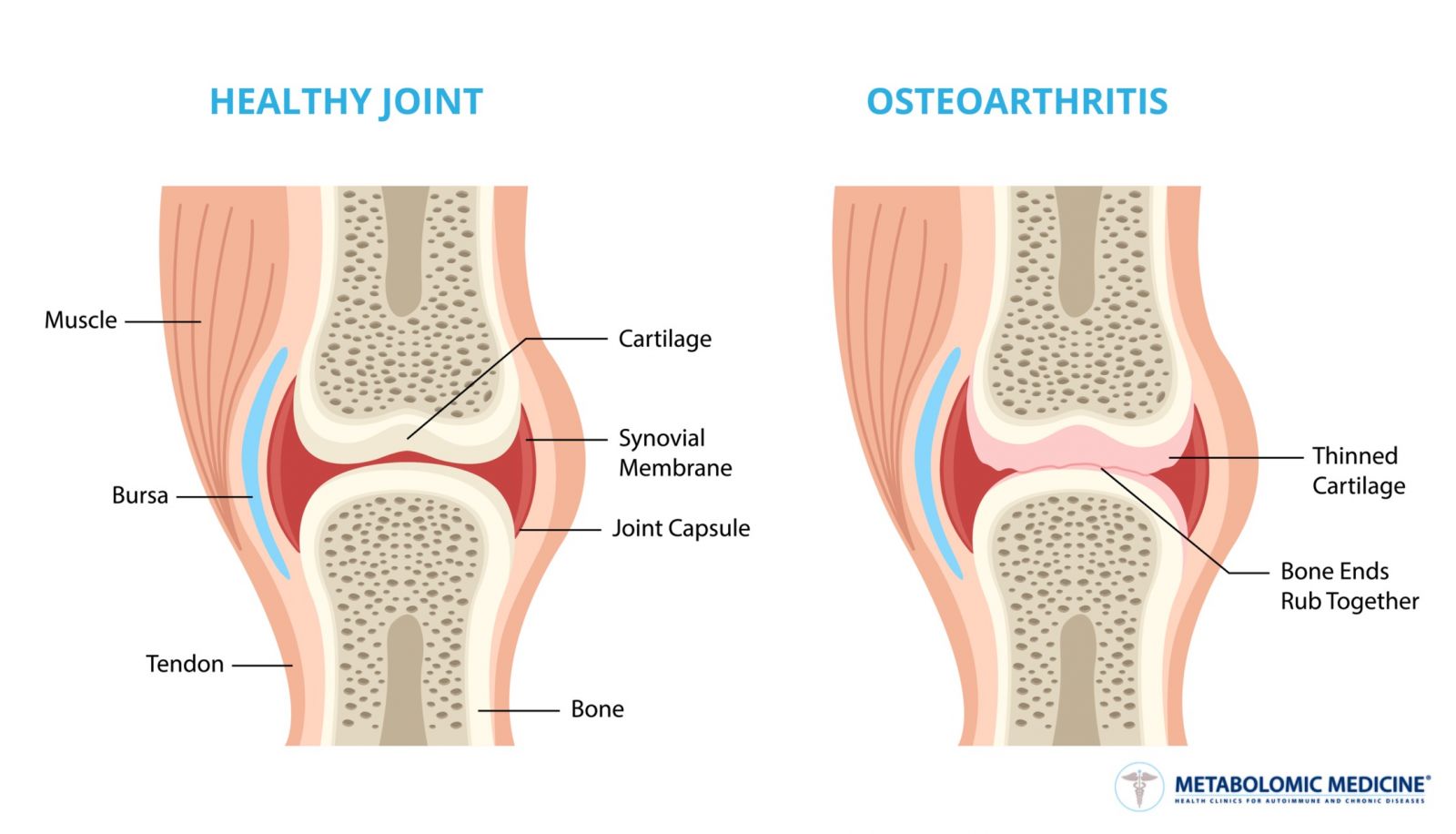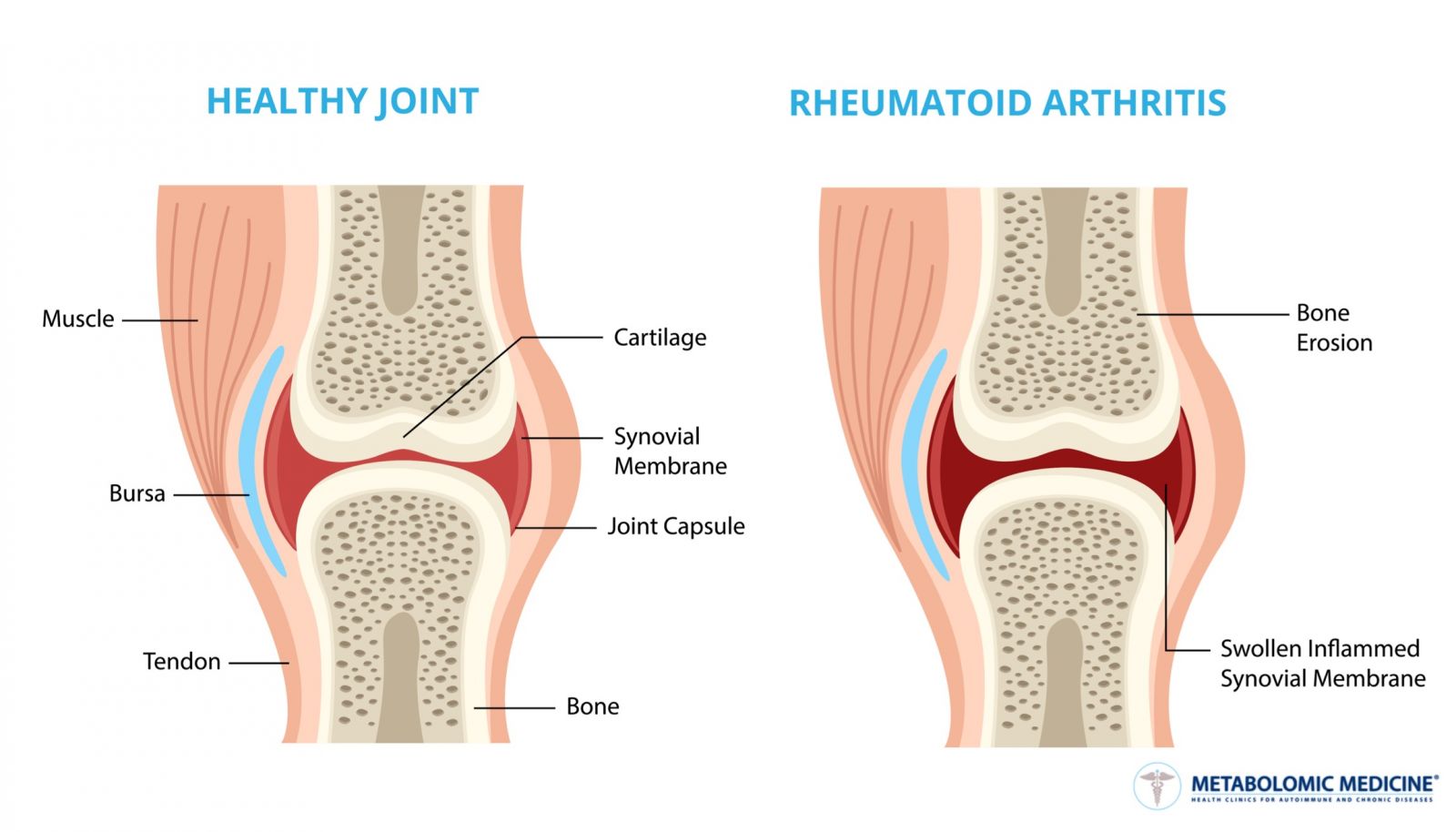


Dr. Dimitris Tsoukalas, MD
Arthritis is a disease that causes painful inflammation and stiffness of the joints. The term comes from Greek "arthron" meaning joint, while the ending "-itis" is used in medicine to describe inflammation.
There are over one hundred different types of arthritis (osteoarthritis, rheumatoid, gout, psoriatic, microbial, lupus, and many more).
The essential features of arthritis are pain and limitation of motion. These can range from mild, such as a minor morning stiffness of the joints, to more severe as complete joint immobility.
One out of four adults has arthritis, with a predicted increase in the effects of the disease over the next few years.
Some experts believe that discovering a cure to arthritis would be even more significant to the discovery of a cure to cancer. That is because an effective cancer therapy would increase general life expectancy by an estimated two years while curing arthritis would improve the quality of life by five years.
The two primary forms of arthritis are osteoarthritis and rheumatoid arthritis.
Osteoarthritis affects the joint cartilage -the elastic covering of the bones at the joints- as well as the underlying bone. It is due to wear and accumulated injuries of the joints. The main characteristic of osteoarthritis is worn cartilage and calcium deposits within the joints.

Rheumatoid arthritis is an autoimmune disease where the organism attacks its joints, gradually destroying them. Joints get damaged and deformed on both sides of the body as the disease progresses. The condition can also affect other parts of the body, such as the heart, the lungs, and the kidney. 
A gradual, continuous worsening characterizes both forms of arthritis, and pharmaceutical treatments aim mainly at slowing down the disease and provide pain relief.
And while slowing down the disease and its symptoms is a grand conquest that significantly improves patients' quality of life, the condition still keeps deteriorating even though at a slower pace.
A Causative Approach
In our times, we are experiencing a shift in the medical paradigm that is now taking place. Discoveries that occurred in the last thirty or twenty years are finding applications in clinical practice at tremendous speed.
An anatomical point of view prevails in the present treatment model for arthritis. In this anatomical model, the human body is viewed as a machine, whose organs, which make up its "spare-parts," gradually and inevitably wear out.
This approach has proved to be efficient in acute and emergency-type health problems.
When a knee is injured, for example, it swells and aches. The injury destroyed cells and tissues in the area. Subsequently, the body begins the repair process, releasing chemicals in the affected area that cause an increase in blood flow and bring about pain. The organism's goal in doing so is to supply nutrients to the affected tissues through the increase in blood flow and to immobilize the body part through the pain until its normal function is restored.
The process described above is called inflammation.
Inflammation (from the Latin inflammare 'to set on fire') consists of pain, redness, heat, and swelling that occur as the body heals an injured area. It is critical to understand that inflammation is the process put into action by the body to solve a problem.
The greater the injury, the more intense, is the healing process. In our effort to reduce the pain that comes with inflammation, we resort to medications and other means, which target either the pain (painkillers, immobilization) or the inflammation (anti-inflammatory medications, ice).
The usual symptom relief treatments that target the symptoms make us feel better while the body repairs and reconstructs the damaged tissues. While this provides us control over the process, it does not assist healing; on the contrary, it slows it down by making it less intense.
To heal any injury, the organism requires raw materials and energy with which to rebuild its tissues. The nutritional condition of the body and the state of its reserves in vitamins, amino acids, minerals, and enzymes determine the duration and extent of the healing.
Where there is an acute, isolated condition, the organism can restore normal function to a great extent. But in the case of chronic injuries and inflammations, nutritional reserves dwindle, and the ability to restore healthy function is compromised.
If we know what the body's deficiencies and correct them, we can remedy the cause rather than just offer relief. Our aim nowadays is not only the relief of symptoms but the restoration of normal function.
What Can Be Done
By determining nutrient deficiencies through the Metabolomic Analysis®, and correcting them, provides a causative solution, beyond temporary relief.
Metabolomic Analysis® is a state-of-the-art medical tool. It provides accurate data on the treatment and prevention of autoimmune and chronic inflammatory diseases such as osteoarthritis and rheumatoid arthritis.
Detects factors related to:
additional indicators of the organism's deviation from optimum function.
Metabolomic Analysis® identifies the underlying factors that cause arthritic disease. Thus allows precise and personalized interventions in lifestyle and dietary habits to bring the cells and the body as close as possible to its optimum functioning.
Through thousands of cases of Arthritic Disease, we've seen that targeted correction of deficiencies in vitamins and other elements, repairing metabolism, and regulating weight at healthy levels can radically change the course of Osteoarthritis and Rheumatoid Arthritis for the better.
The fundamental axiom of our approach is that the human body does not tend to develop a disease. Instead, it is genetically programmed to be healthy. Thus the gradual rehabilitation of the above factors leads to a steady improvement in the functioning of the body.
85% of our patients experience a significant improvement in their quality of life. In particular:
are some of the main symptoms associated with chronic inflammatory arthritis that improve.
Through our clinical experience with cases of chronic arthritis, we have seen that improving health is possible through the use of the tools of precision medicine.
This is an approach that requires the active involvement of patients in their treatment. It's not based on the passive taking of a pill. It may not suit everyone, but it sure works.
Take the first step today.
Bibliographic references